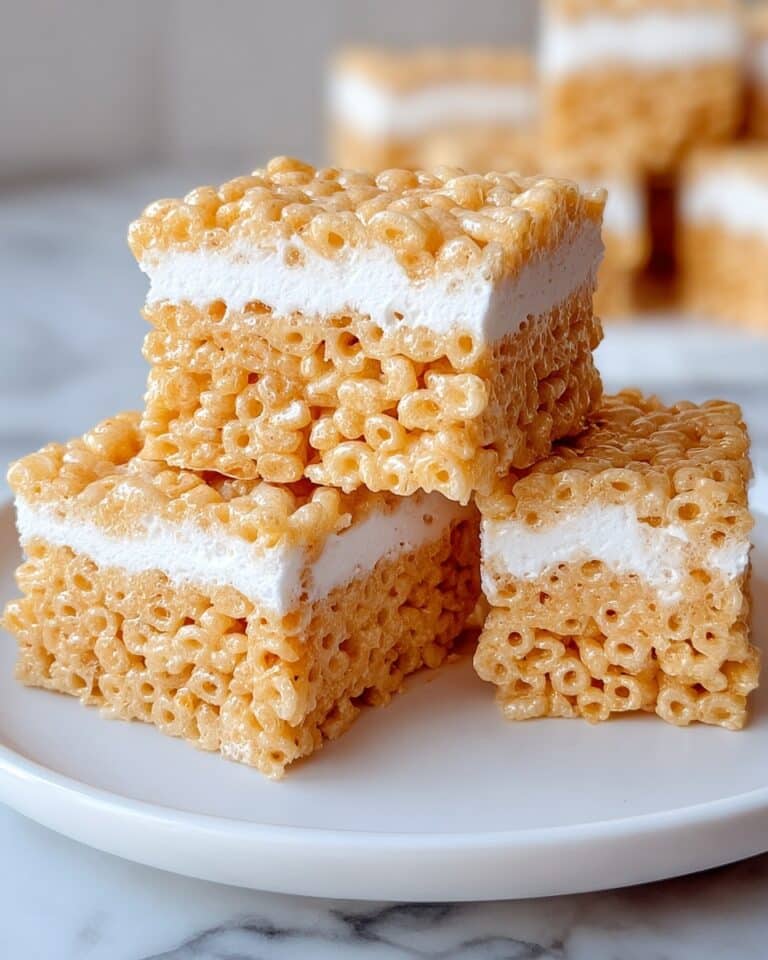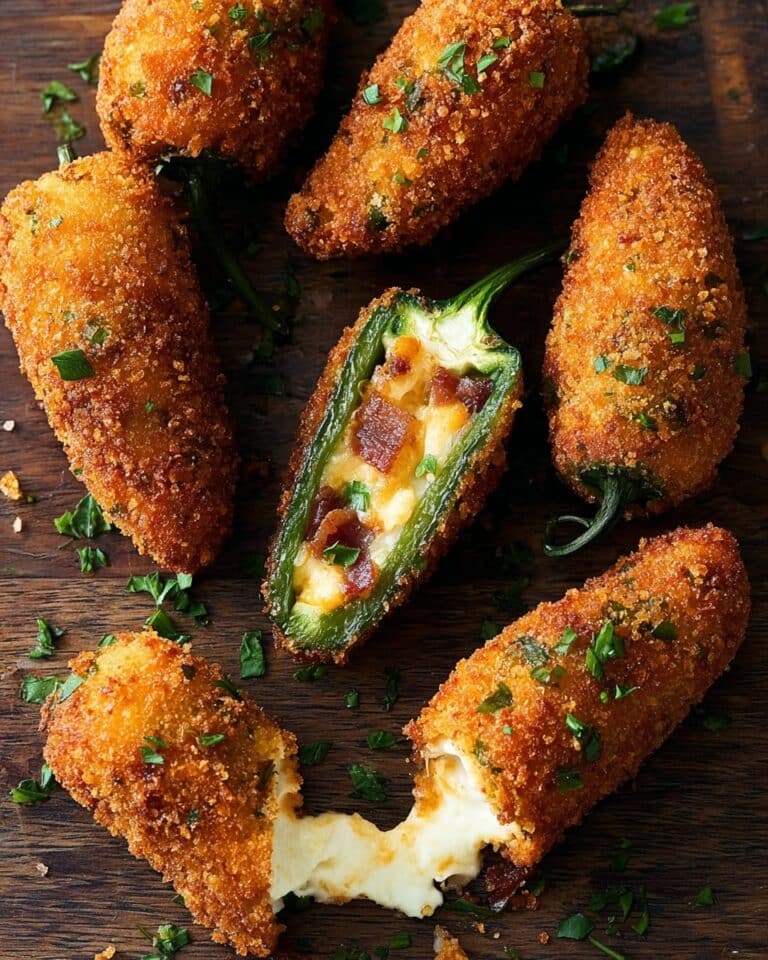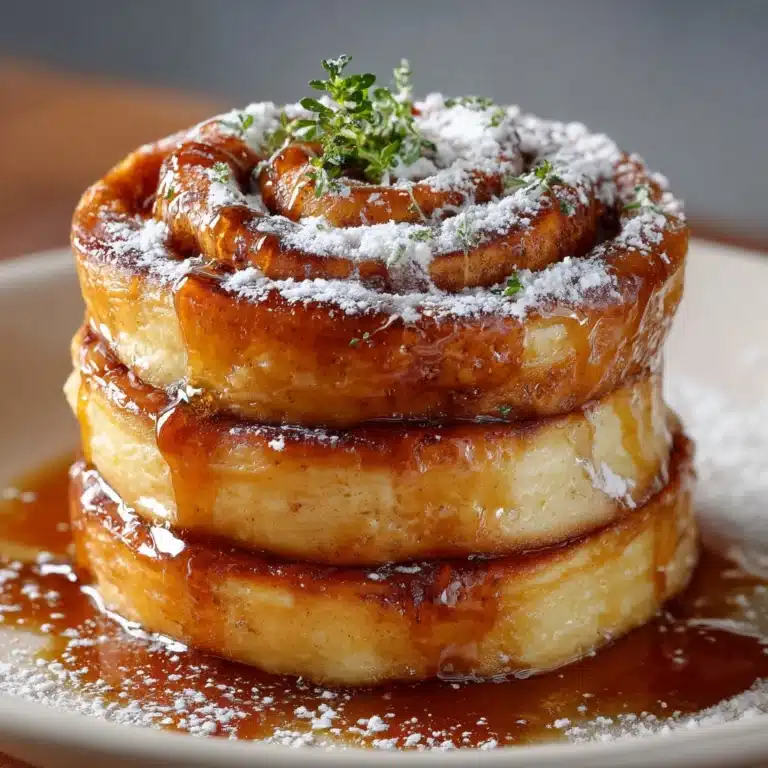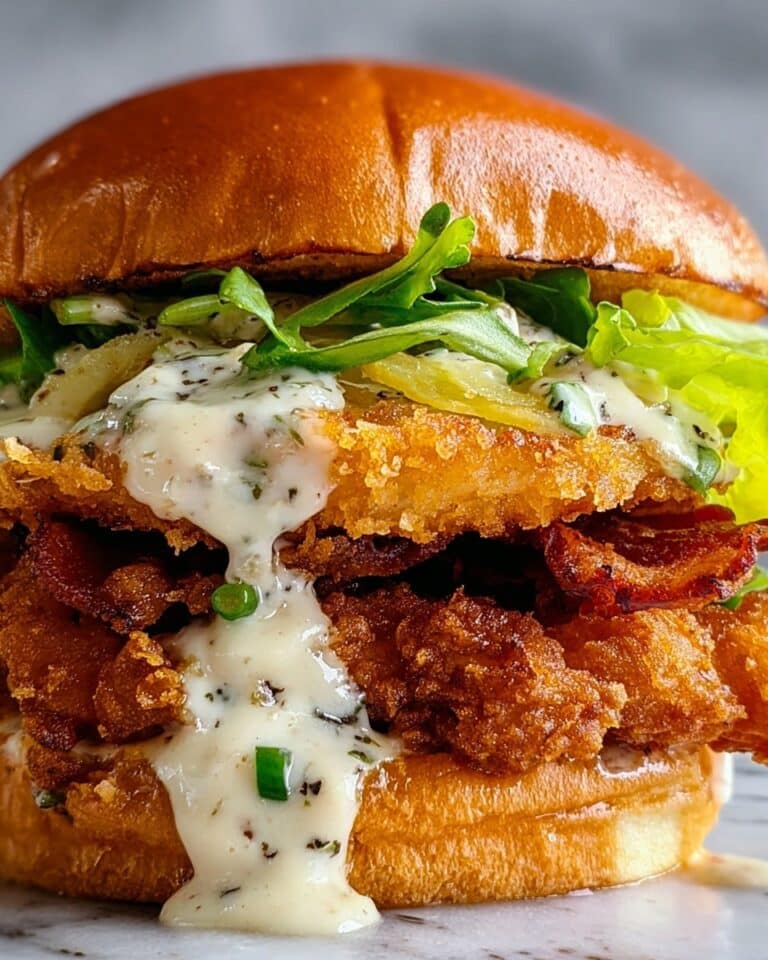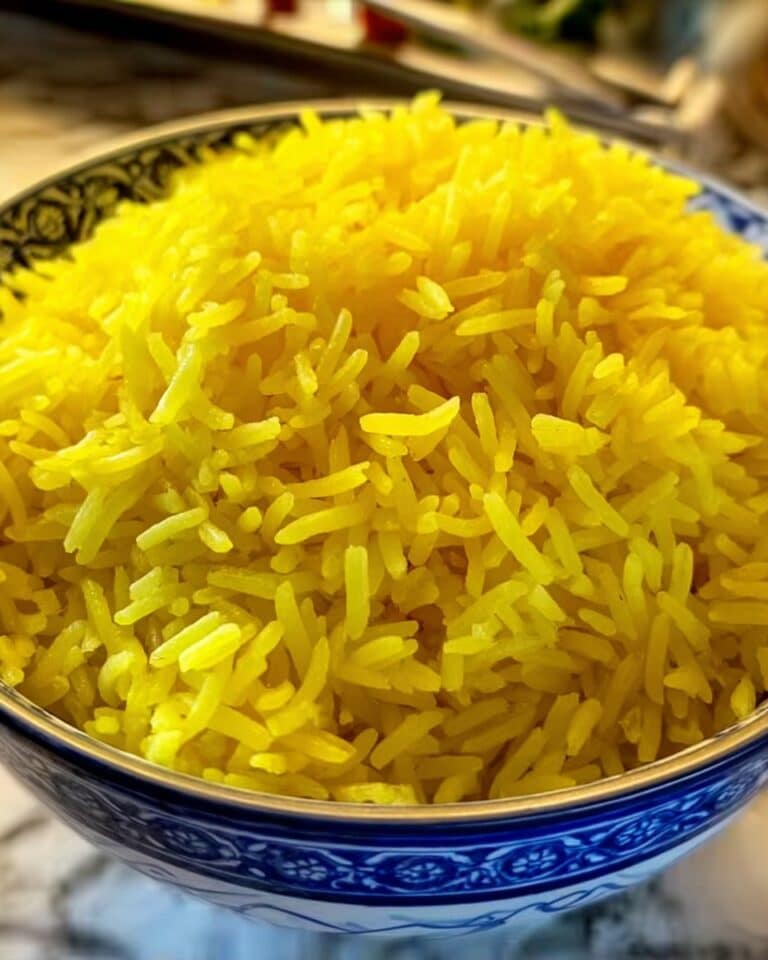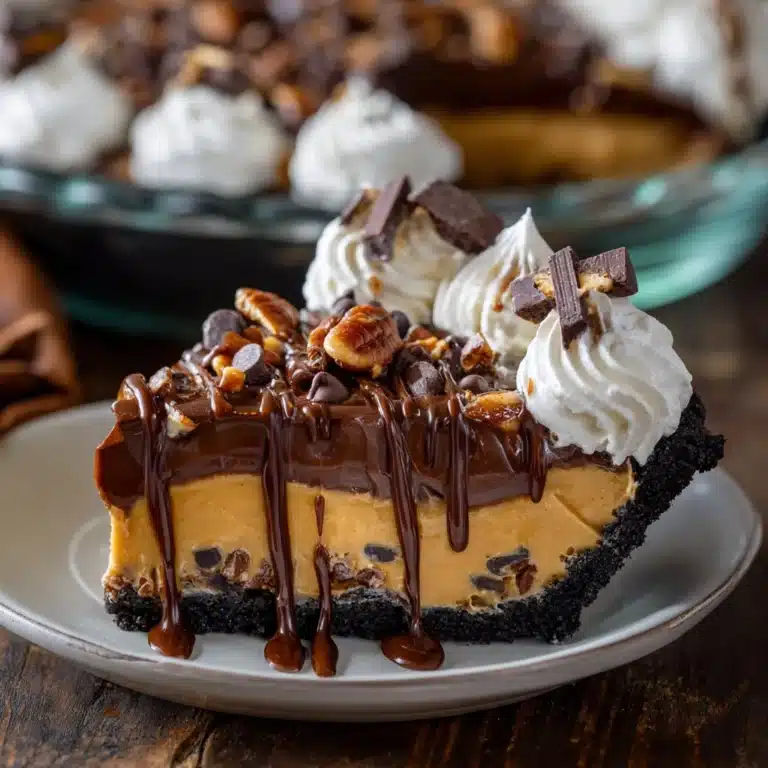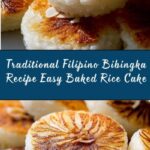Bibingka Recipe
If you have a hankering for a truly comforting Filipino treat, this Bibingka Recipe is an absolute must-try. Bibingka, a delightful traditional rice cake, brings together delicate textures from rice flour and the rich creaminess of coconut milk, all baked to a golden perfection with a slightly sweet and savory top. Sharing this recipe feels like inviting you into a warm Filipino kitchen, where every bite evokes holiday cheer and cozy family moments. Whether you’re new to Filipino desserts or a longtime fan, making bibingka at home is surprisingly simple and incredibly satisfying.
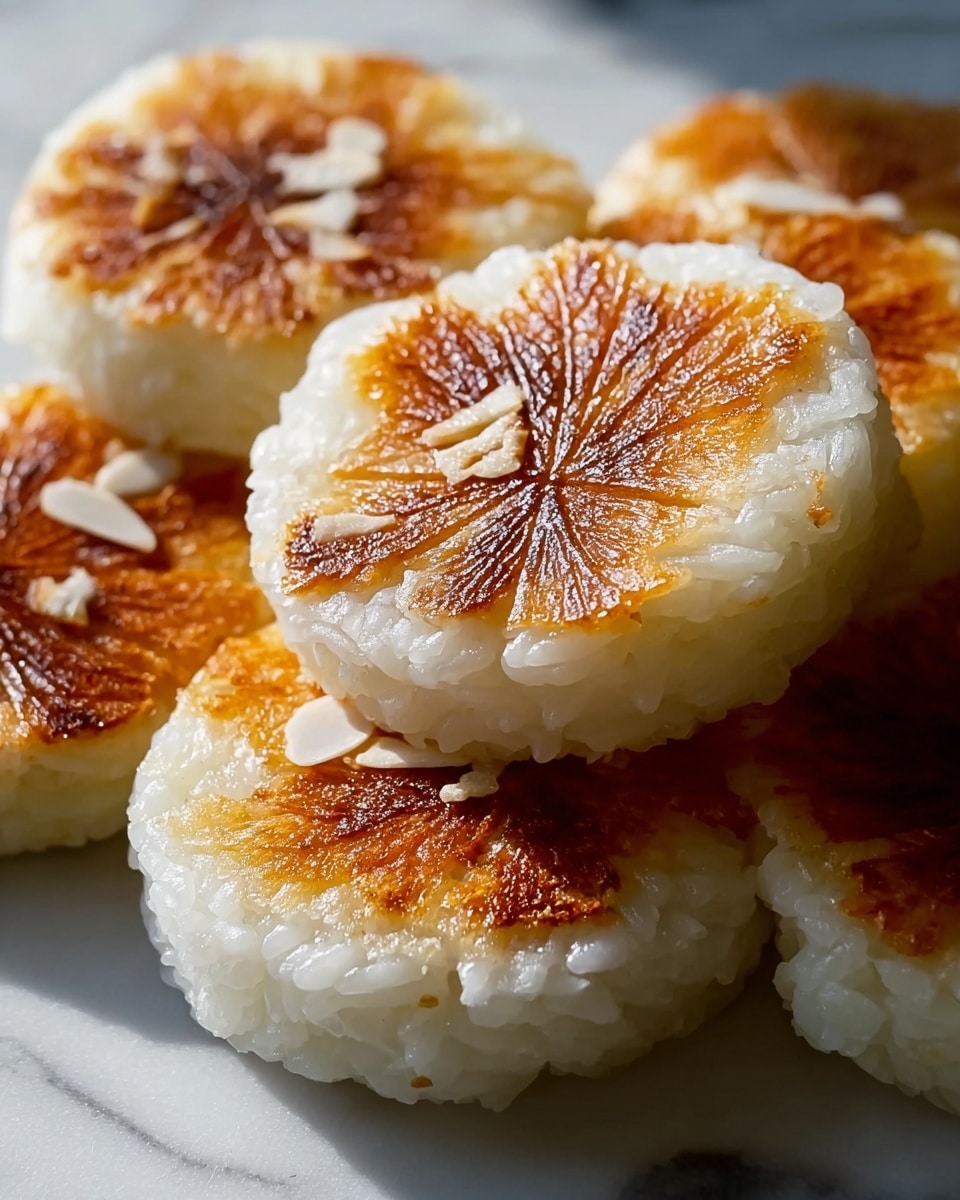
Ingredients You’ll Need
Don’t let the length of the ingredient list fool you—this Bibingka Recipe uses basic pantry staples that each lend their own charm to the final cake. From the rice flour’s slightly gritty texture to the creamy body that coconut milk creates, every component has its special role.
- 1 cup rice flour: Gives bibingka its signature soft yet slightly chewy texture.
- 1/2 cup all-purpose flour: Helps bind the rice flour and adds structure to the cake.
- 1 tablespoon baking powder: The rising agent that makes your bibingka fluffy and light.
- 1/4 teaspoon salt: Balances the flavors by countering the sweetness.
- 3/4 cup sugar: Sweetens the batter just enough without overpowering the other flavors.
- 3/4 cup coconut milk: Adds rich, creamy coconut flavor and moisture.
- 1/4 cup evaporated milk: Deepens the creaminess for a luscious bite.
- 3 large eggs: Provide structure and richness to the cake.
- 1/4 cup melted butter: Infuses the bibingka with buttery goodness and moisture.
- 1/4 cup grated cheese (cheddar or Edam): Adds savory, melty pockets of flavor on top.
- 2 salted duck eggs (sliced): Traditional topping delivering a salty contrast to the sweetness.
- Banana leaves (wilted): Impart subtle aroma and help prevent sticking when lining your pan.
- Grated coconut for topping (optional): For fresh texture and classic presentation.
- Additional butter and sugar for topping: Gives that iconic glistening finish and slight crunch.
How to Make Bibingka Recipe
Step 1: Prepare Your Pan and Preheat
Start by preheating your oven to 375°F (190°C). Soften banana leaves by briefly wilting them over a flame or in boiling water, then line a 9-inch round cake pan or smaller ramekins, brushing the leaves lightly with melted butter to ensure the bibingka won’t stick and to add a subtle buttery aroma.
Step 2: Mix the Dry Ingredients
In a large mixing bowl, whisk together the rice flour, all-purpose flour, baking powder, salt, and sugar. This dry mix will provide a balanced base ensuring your bibingka rises beautifully with just the right bite.
Step 3: Combine the Wet Ingredients
In a separate bowl, beat the eggs until frothy. Then whisk in the coconut milk, evaporated milk, and melted butter until fully combined. These liquid ingredients bring moisture, flavor, and richness to your bibingka batter.
Step 4: Bring It All Together
Slowly pour the wet ingredients into the dry ingredients, mixing just until smooth. You want a batter that’s well combined but not overworked for the perfect tender crumb.
Step 5: Bake with Your Toppings
Pour the batter into your buttered, banana leaf-lined pan. Arrange the sliced salted duck eggs and sprinkle grated cheese evenly on top for that traditional sweet-and-savory contrast. Bake for 25 to 30 minutes until the top turns golden and a toothpick inserted in the center comes out clean.
Step 6: Finish with Butter and Sugar
Once out of the oven, brush the bibingka with extra melted butter and sprinkle with sugar for a glossy, sweet finish. If you love, add freshly grated coconut for an authentic touch before serving.
How to Serve Bibingka Recipe
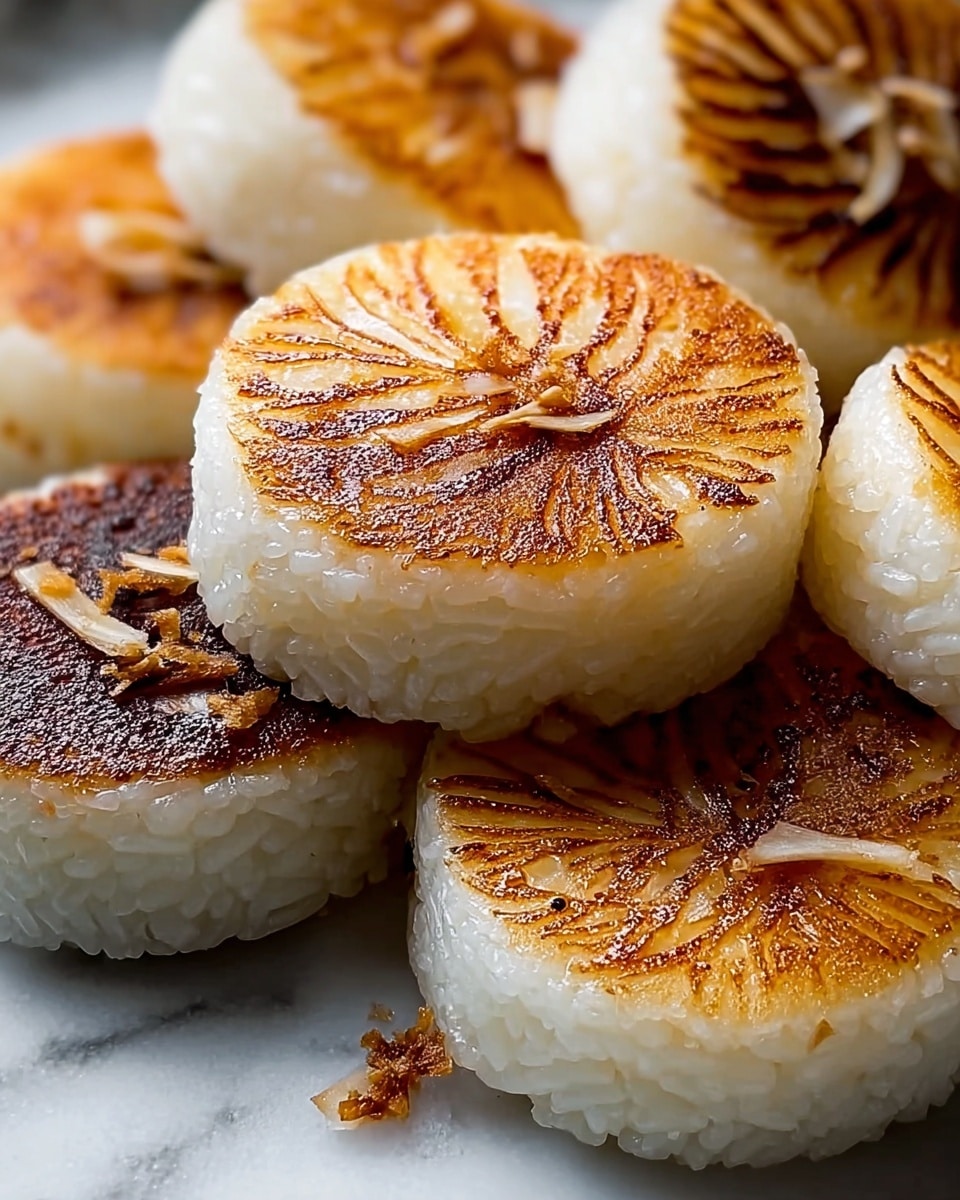
Garnishes
The classic toppings of salted duck eggs and grated cheese make bibingka utterly charming, but feel free to add a handful of freshly grated coconut or a pat of butter just before serving. These elements create layers of flavor and texture that bring each bite alive with tradition and comfort.
Side Dishes
Bibingka shines wonderfully alongside a hot cup of Filipino hot chocolate or coffee, perfect for breakfast or merienda (snack) time. Its slightly sweet and savory profile also balances fresh fruit, lending a lightness if you want a contrasting palate experience.
Creative Ways to Present
Why not bake your bibingka in individual ramekins lined with banana leaves for a charming personal dessert? Or try giving it a quick char on a grill or under a broiler after baking for that faint smoky flavor and caramelized crust that will wow your friends and family.
Make Ahead and Storage
Storing Leftovers
Bibingka keeps well in an airtight container at room temperature for up to two days. The texture may firm up slightly, but a quick reheat brings back softness.
Freezing
You can freeze bibingka in individual slices wrapped tightly in plastic wrap and stored in a freezer-safe bag for up to one month. Thaw overnight in the fridge before reheating.
Reheating
To revive your bibingka, warm it gently in a preheated oven at 300°F (150°C) for 5 to 10 minutes or microwave for 20 to 30 seconds. Adding a small dab of butter on top before reheating helps restore moisture and flavor.
FAQs
Can I use regular eggs instead of salted duck eggs?
Yes! If you prefer, you can skip salted duck eggs altogether or simply replace them with extra grated cheese on top for a savory touch without the saltiness.
Why use banana leaves to line the pan?
Banana leaves add a unique aroma and prevent bibingka from sticking, giving it a subtle flavor that makes your homemade bibingka feel extra special and authentic.
Is bibingka gluten-free?
Traditional bibingka uses rice flour, which is gluten-free, but this recipe includes all-purpose flour for texture. You can try substituting the all-purpose flour with a gluten-free blend to make a gluten-free version.
What if I don’t have evaporated milk?
You can substitute evaporated milk with regular milk or even coconut milk to keep the cake moist, though evaporated milk imparts a slight richness that complements the coconut flavor perfectly.
Can bibingka be made without an oven?
While baking is traditional, bibingka can be steamed on the stovetop or cooked in a clay pot with coals on top, mimicking how it’s done traditionally in the Philippines. These methods create a different but equally delicious texture.
Final Thoughts
You’re now ready to bring the sunny warmth of the Philippines into your kitchen with this delightful Bibingka Recipe. Baking and sharing bibingka connects us to a rich tradition full of heart and flavor. I promise you’ll find joy in its soft, fragrant crumb and the harmony of sweet and savory toppings. So grab those ingredients and dive into this comforting homemade treat — you won’t regret it!
Print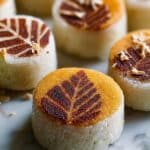
Bibingka Recipe
- Total Time: 45 minutes
- Yield: 6 servings 1x
- Diet: Vegetarian
Description
Bibingka is a traditional Filipino rice cake that features a moist, tender crumb infused with coconut milk and topped with salted duck eggs and cheese. This festive dessert is perfect for holiday celebrations and offers a delightful combination of sweet and savory flavors, enhanced by the optional topping of freshly grated coconut.
Ingredients
Dry Ingredients
- 1 cup rice flour
- 1/2 cup all-purpose flour
- 1 tablespoon baking powder
- 1/4 teaspoon salt
- 3/4 cup sugar
Wet Ingredients
- 3 large eggs
- 3/4 cup coconut milk
- 1/4 cup evaporated milk
- 1/4 cup melted butter
Toppings and Garnish
- 1/4 cup grated cheese (cheddar or Edam)
- 2 salted duck eggs (sliced)
- Banana leaves (wilted, for lining)
- Additional butter and sugar for topping
- Grated coconut for topping (optional)
Instructions
- Preheat and prepare pan: Preheat your oven to 375°F (190°C). Line a 9-inch round cake pan or small ramekins with softened banana leaves and brush them lightly with melted butter to prevent sticking and add flavor.
- Mix dry ingredients: In a large bowl, whisk together the rice flour, all-purpose flour, baking powder, salt, and sugar until evenly combined.
- Mix wet ingredients: In a separate bowl, beat the eggs thoroughly. Add the coconut milk, evaporated milk, and melted butter to the eggs and whisk until fully incorporated.
- Combine wet and dry mixtures: Gradually pour the wet ingredients into the dry ingredients, mixing gently until the batter is smooth and free of lumps.
- Assemble batter in pan: Pour the batter into the prepared pan lined with banana leaves. Arrange the sliced salted duck eggs and grated cheese evenly on top.
- Bake: Bake in the preheated oven for 25 to 30 minutes, or until the top is golden and a toothpick inserted into the center comes out clean.
- Finish and garnish: After baking, brush the top of the bibingka with additional melted butter and sprinkle with sugar if desired. Optionally, add freshly grated coconut on top before serving.
Notes
- Substitute salted duck eggs with extra grated cheese for a milder savory flavor.
- For a more authentic touch, grill the bibingka briefly after baking to achieve a slightly charred surface.
- Ensure banana leaves are wilted or softened to prevent tearing and facilitate lining the pan.
- Use fresh coconut milk and quality grated cheese for best flavor.
- Prep Time: 15 minutes
- Cook Time: 30 minutes
- Category: Dessert
- Method: Baking
- Cuisine: Filipino
